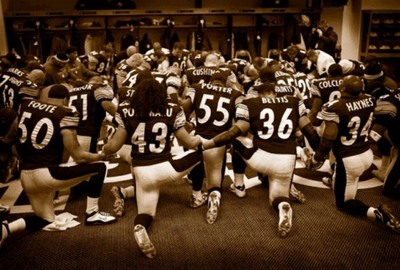A leading Mariologist — dogmatic theologian Manfred Hauke — has given an interview to a German Catholic newspaper on the subject of Medjugorje. (H/T to Catholic Light .)
It’s long and meticulously detailed, but it’s a real eye-opener:
Particularly in the early period of the phenomenon there were several very unusual messages. According to a tape-recording transcript from June 30, 1981, the seers reported, according to the assertion of the “Gospa”, the end of the appearances would be in three days (on July 3), but they then went on. At the sixth apparition (June 29, 1981), the “Gospa” announced the healing of a four-year-old boy, but it never happened. Furthermore, the “Gospa” informed them (May 25, 1984) that her two-thousandth birthday would fall on August 5, 1984. Would the real Mother of God propagate a birthday celebration for herself, that sets itself apart from the date of the liturgical feast (September 8)? If the given date were to be correct historically, then Mary would have been born in the year 16 B.C. Since, because of the historical data known to us (folk tales, astronomical connections), the birth of Christ is to be set at 7 B.C., then Mary would be about 9 years old at the birth of Christ. Besides untruths and ridiculous things, some erroneous teachings are also presented alongside them: Fr. Vlasic wrote on May 8, 1982, in the Chronicle he authored, that according to the utterance of the “Gospa” the Saints in Heaven are present there not only with the soul, but also with the body. Here on display is the erroneous teaching, widely spread today, but condemned by the Church, of “resurrection in death”, in which awaiting the future resurrection at the Second Coming of Christ is rendered nugatory. In other words: alongside plenty of catechetical platitudes that are found with notably more substance in the Bible and the Catechism, the messages contain elements that speak clearly against a supernatural origin of the phenomenon.
[snip]
For pastoral care it is important, to lead the renewal of faith created by the stream of pilgrims to Medjugorje into the roads of the Church, and not let the devotees of the phenomenon fall into the void. Marian devotees would be well advised to concentrate on trustworthy prophetic revelations, approved and well accepted by the whole Church, so that they would deal with, say, Guadalupe, Lourdes, or Fatima. Questionable and unequivocally false phenomena should be presented as such. Therefore it is not sufficient, in my estimation, to pragmatically recognize Medjugorje as a “place of prayer”, without reaching a judgment on the events that lie at its basis. German bishops also reacted against this approach: non-recognition of alleged “apparitions” along with simultaneous recognition of the place as an official “shrine” (for example, with respect to Heroldsbach and Marienfried). If a new investigative commission reaches a recognition that certain characteristics indissolubly connected with the phenomenon of the apparitions speak against their authenticity, then the love of truth demands that this be made known with all clarity and that Catholic Christians be warned expressly against “pilgrimages”. The principle is valid here: “bonum ex integra causa; malum ex quovis defectu” (“Good comes from an undamaged cause; bad from some kind of defect”). If a drink is mixed with rat poison, it’s not sufficient to point out that it contains only two percent strychnine with 98 percent water: the whole drink has to be poured out. If the Church does not, herself, finally lance the boil that is connected with Medjugorje, then anti-Catholic groups will do the job and with pleasure. And then the patience extended to the enthusiasm of Medjugorje could become a boomerang that attacks the Church from inside, if the groups previously connected with the Bosnian “place of pilgrimage”, finally disillusioned, should turn against the Faith and the Church. And that could also explain that the devil takes “good fruits” as part of doing his business in Medjugorje: if he can bring forth a vastly greater harm to the Church in the end. Pastoral love must not be separated from the love of truth.

